calsfoundation@cals.org
Plantation Agriculture Museum
| Location: | Pulaski County |
| Size: | 14.5 acres |
The Plantation Agriculture Museum in Scott (Pulaski and Lonoke counties) is situated in the Arkansas River lowlands beside Horseshoe Lake, about twenty miles southeast of Little Rock (Pulaski County). The museum is dedicated to Arkansas’s rich cotton agriculture heritage.
William Scott emigrated from Kentucky at an unknown date to the area that would become the town of Scott. His son Conoway Scott Sr. was born in 1815. By 1862, the Scott family owned 2,000 acres, ten slaves, and other property, valued at $37,895. Conoway Scott Sr. died in 1866 just before the birth of his son, Conoway Jr.
Conoway Scott Jr. eventually operated several successful ventures, including the family plantation and a general store. Scott’s landholdings were eventually crossed by the St. Louis Southwestern Railway, also known as the Cotton Belt Line, and “Scott’s Station” or “Scott’s Crossing” became a regular stop. When damaged, the sign at Scott’s Station was shortened to “Scott’s” and then just “Scott,” giving name to the town. By the turn of the twentieth century, a thriving community dominated by cotton plantations was well established. As the cotton farms grew in size and number, merchants opened several general stores. In 1912, Conoway Scott Jr. built a large brick building to house a general store, but neither he nor his heirs ever managed it.
Instead, the store was operated under several other owners, and in 1929, a post office wing was added. It remained in use until the 1960s, when Robert L. Dortch, a prominent plantation owner in Scott, and his daughter, Floride Dortch Rebsamen, bought the building and turned it into a museum commemorating Arkansas plantation life.
The museum eventually grew to include thousands of artifacts ranging from blacksmith tools and kitchen appliances to a pair of huge steam traction engines. Although Dortch donated many of the artifacts, most came from friends and neighbors. The museum closed its doors in 1978, six years after Robert Dortch’s death. For seven years, the museum was neglected, and many of its artifacts were damaged when the building’s roof fell into disrepair.
Mainly because of lobbying done by the late state Representative Bill Foster, the Arkansas Legislature approved funding for land and building acquisition and renovation in 1985. The Dortch family donated all remaining artifacts to the museum. On June 25, 1989, the museum reopened under the Museum Division of the Arkansas Department of Parks and Tourism as the Plantation Agriculture Museum, with a new mission to “collect, preserve, record, and interpret the history of cotton agriculture, with an emphasis on plantations.”
In 1992, the museum began hosting the Antique Tractor & Engine Show, a free event held the first Saturday after Labor Day that draws exhibitors, enthusiasts, and families to the state park to explore pre-1960 mechanized farm equipment and other small engines.
In the twenty-first century, the museum has more than 10,000 artifacts. Exhibits take visitors “from the field to the gin,” explaining how cotton was grown and harvested in the pre-mechanized era. The life and culture of people from slaves to sharecroppers to plantation owners are explored in the museum’s exhibits.
Outside the museum, the Dortch Gin Exhibit building features a 1920s Munger cotton gin and cotton press that has been authentically preserved and assembled in its original configuration by ginning experts. Dortch’s unique 10,000-square-foot seed warehouse was also restored, and it was added to the National Register of Historic Places on January 21, 2010.
The museum’s main gallery also features temporary exhibits; outside exhibits include an authentic cotton pen, steam traction engines, and a diverse collection of antique tractors and farm implements. The museum’s staff offers a variety of interpretive programs.
For additional information:
Allin, Richard. “Old Plantations Never Die—In Arkansas.” Arkansas Gazette, June 25, 1967, p. 5E.
Arkansas State Parks–Plantation Agriculture Museum. http://www.arkansasstateparks.com/plantationagriculturemuseum/default.aspx (accessed September 6, 2022).
Nixon, Jennifer. “Plantation Agriculture Museum Marks Its 30th Year.” Arkansas Democrat-Gazette, June 20, 2019, p. 4E.
“Seed Warehouse No. 5.” National Register of Historic Places registration form. On file at Arkansas Historic Preservation Program, Little Rock, Arkansas. Online at https://www.arkansaspreservation.com/National-Register-Listings/PDF/PU9163.nr.pdf (accessed January 25, 2021).
Swadley, Ben, and Joan Ellison. “Pulaski County State Parks: The Plantation Agriculture Museum.” Pulaski County Historical Review 57 (Winter 2009): 139–144.
Staff of the Arkansas Department of Parks and Tourism
 Historic Preservation
Historic Preservation Tourism
Tourism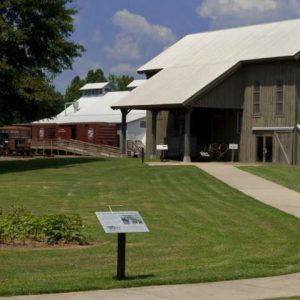 Dortch Gin
Dortch Gin 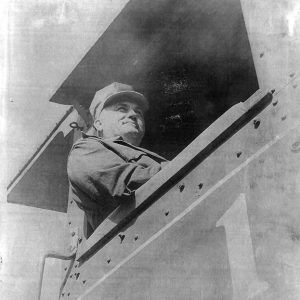 Robert Dortch
Robert Dortch 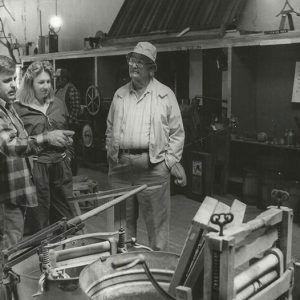 Bill Foster in Scott
Bill Foster in Scott 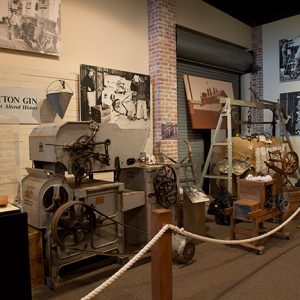 Plantation Agriculture Museum
Plantation Agriculture Museum 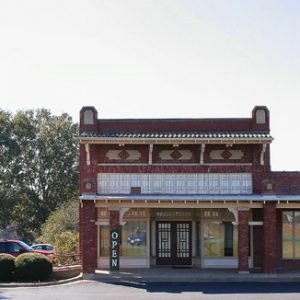 Plantation Agriculture Museum
Plantation Agriculture Museum 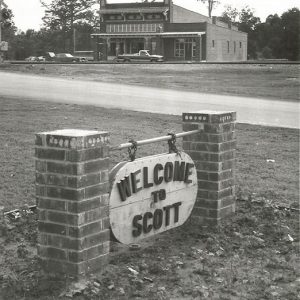 Plantation Agriculture Museum
Plantation Agriculture Museum 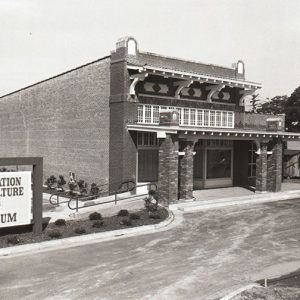 Plantation Agriculture Museum
Plantation Agriculture Museum 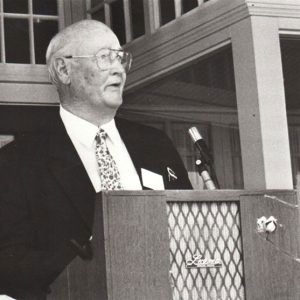 Plantation Agriculture Museum Dedication Speech
Plantation Agriculture Museum Dedication Speech 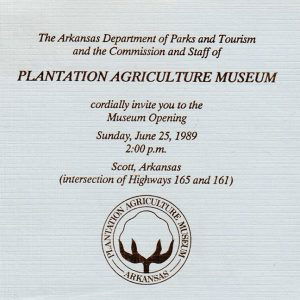 Plantation Agriculture Museum Invitation
Plantation Agriculture Museum Invitation 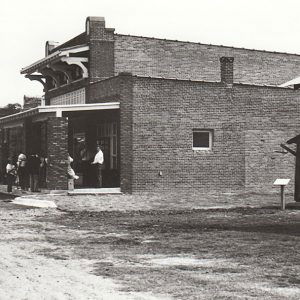 Plantation Agriculture Museum Opening Day
Plantation Agriculture Museum Opening Day 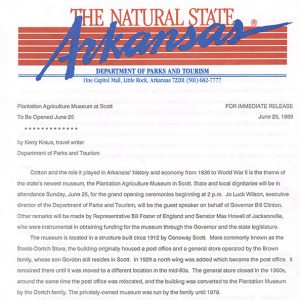 Plantation Agriculture Museum Press Release
Plantation Agriculture Museum Press Release 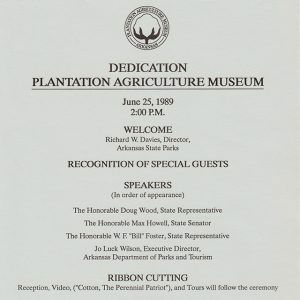 Plantation Agriculture Museum Program
Plantation Agriculture Museum Program 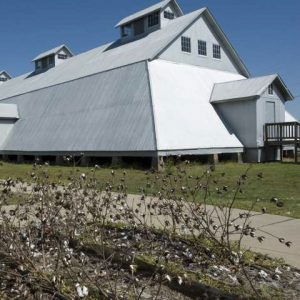 Seed Warehouse No. 5
Seed Warehouse No. 5 



I was born and raised in Scott, Arkansas; my father was a sharecropper when I was a small child. We moved to the Dortch place in the early 1960s. There, my father, Cleo Williams, worked for Robert L. Dortch in the rice field. Scott is a beautiful area. Unfortunately, Scott is losing territory to North Little Rock. Willow Beach Park, Stone Links community, Faulkner Crossing–all this property was once part of Scott. The Scottsonians (a committee of Scott residents and former residents) had a Scott Day on July 26, 2008, at Willow Beach Park, the first one that I know of. It was great seeing so many of my old friends. I look forward to the next one–there were at least 500 people, maybe more.